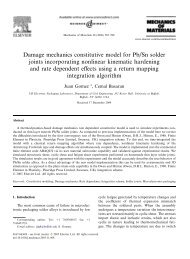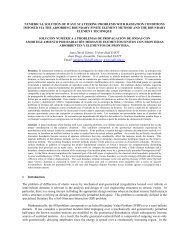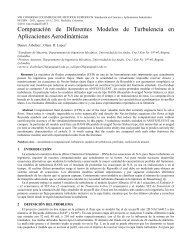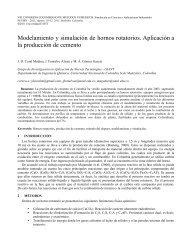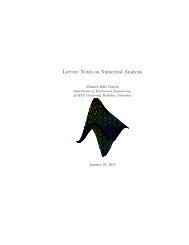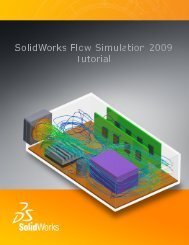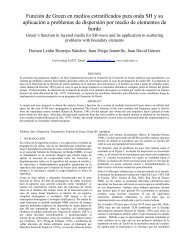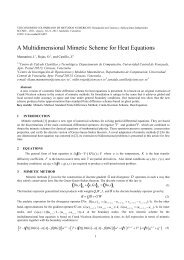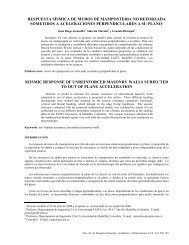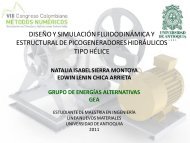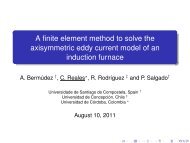Workbench Mechanical - Introduction to Contact
Workbench Mechanical - Introduction to Contact
Workbench Mechanical - Introduction to Contact
You also want an ePaper? Increase the reach of your titles
YUMPU automatically turns print PDFs into web optimized ePapers that Google loves.
<strong>Workbench</strong> <strong>Mechanical</strong> - <strong>Introduction</strong> <strong>to</strong> <strong>Contact</strong><br />
… Tangential Behavior<br />
Training Manual<br />
• The aforementioned options relate contact in the normal direction. If<br />
friction or rough/bonded contact is defined, a similar situation exists<br />
in the tangential direction.<br />
– Similar <strong>to</strong> the impenetrability condition, in the tangential direction, the<br />
two bodies should not slide relative <strong>to</strong> each other if they are sticking<br />
– A penalty algorithm is always used in the tangential direction<br />
– Tangential contact stiffness and sliding distance are the analogous<br />
parameters:<br />
If sticking:<br />
F = k<br />
tangential<br />
tangential<br />
sliding<br />
where x sliding ideally is zero for sticking, although some slip is allowed in<br />
the penalty-based method.<br />
– Unlike the Normal <strong>Contact</strong> Stiffness, the Tangential <strong>Contact</strong> Stiffness<br />
cannot directly be changed by the user.<br />
x<br />
ANSYS, Inc. Proprietary<br />
© 2009 ANSYS, Inc. All rights reserved.<br />
3-11<br />
April 30, 2009<br />
Inven<strong>to</strong>ry #002659



